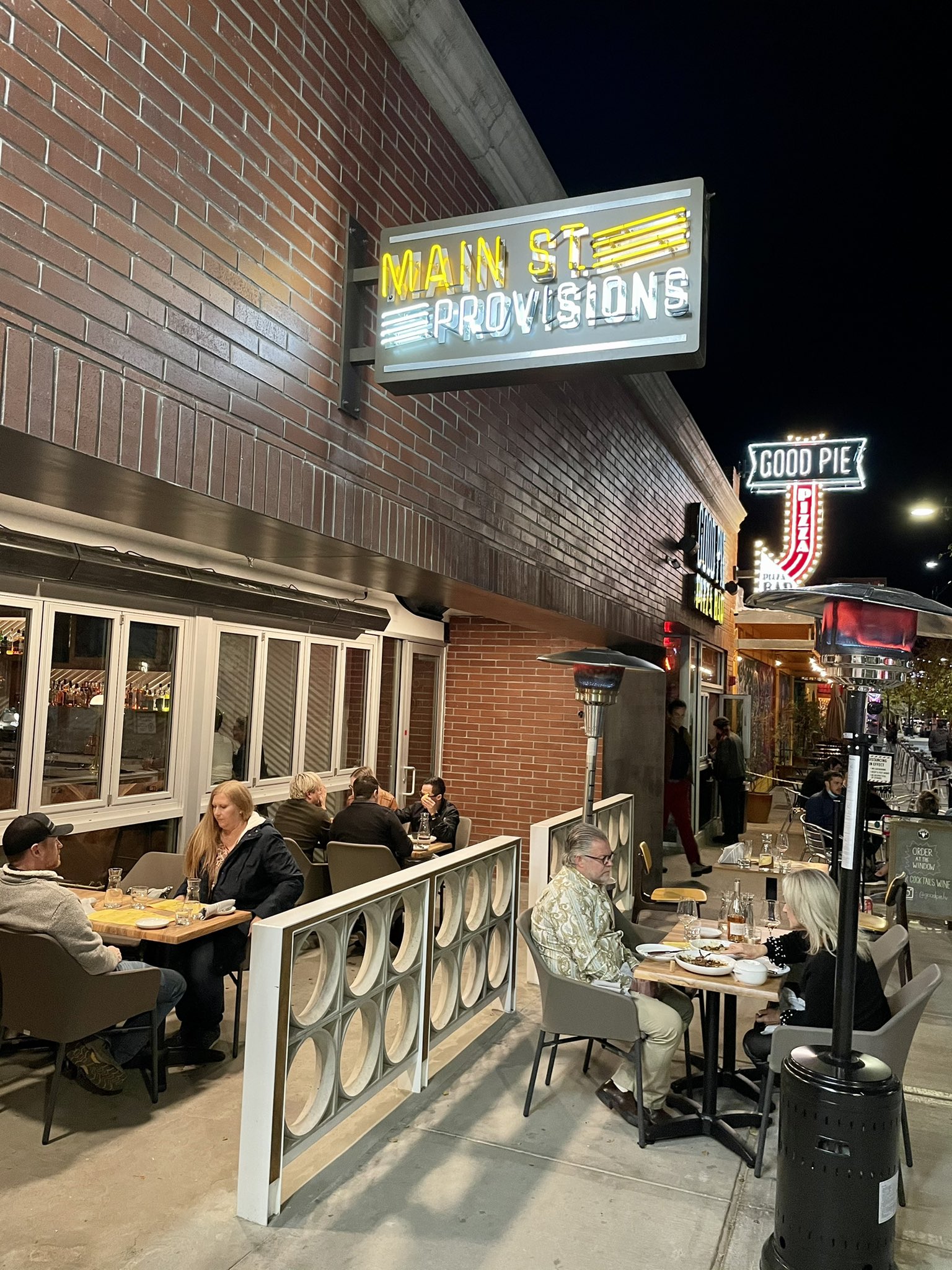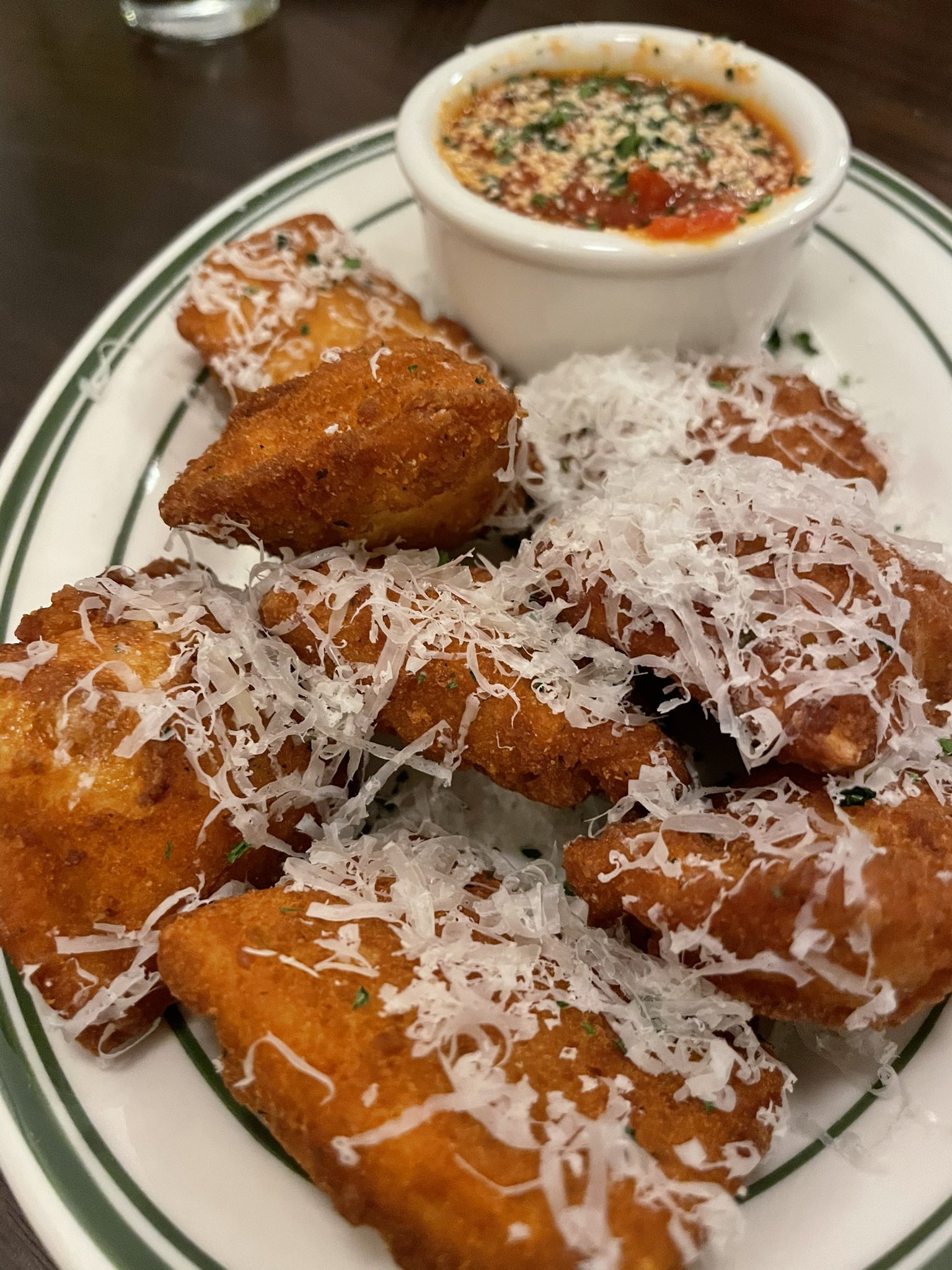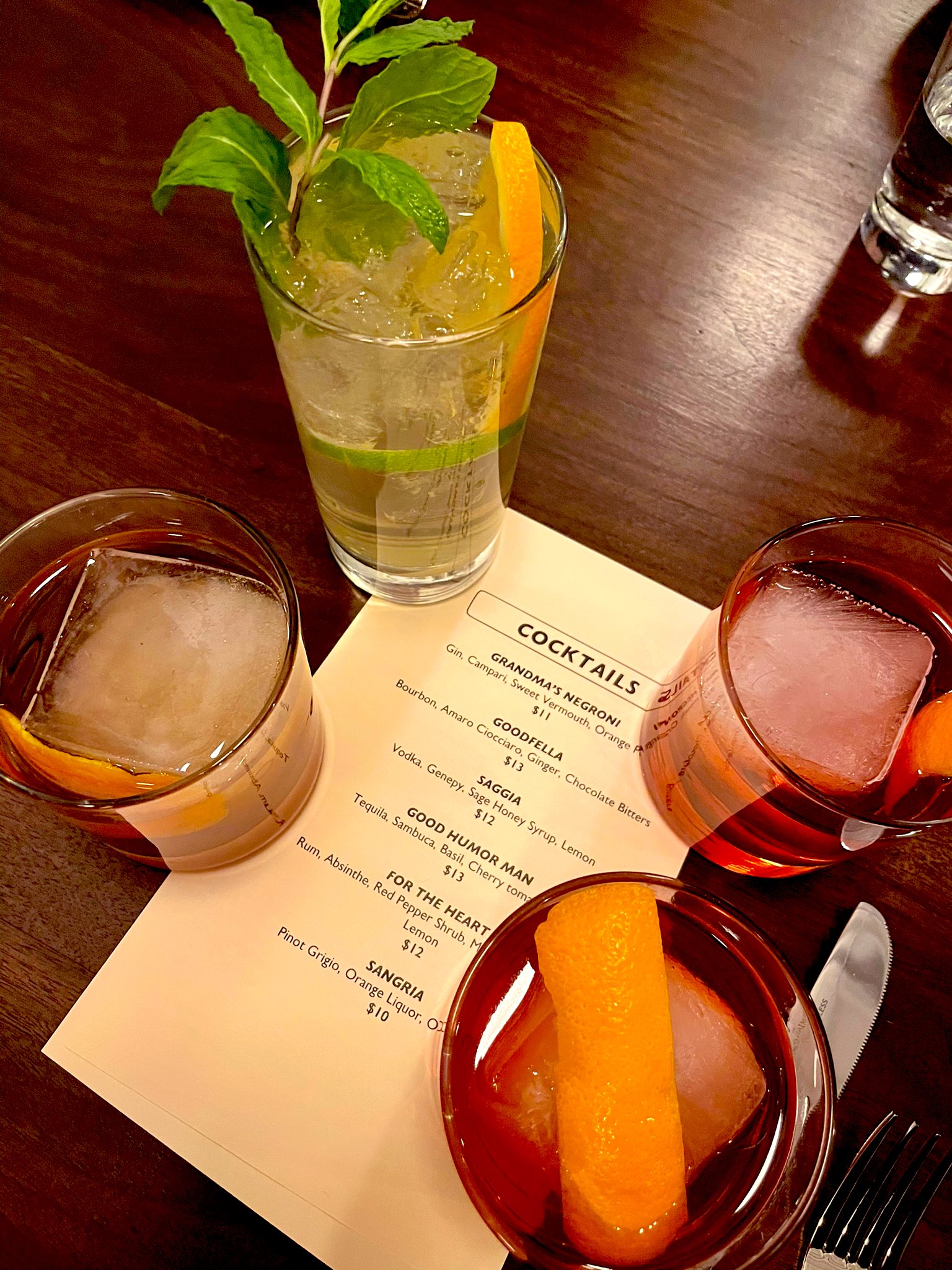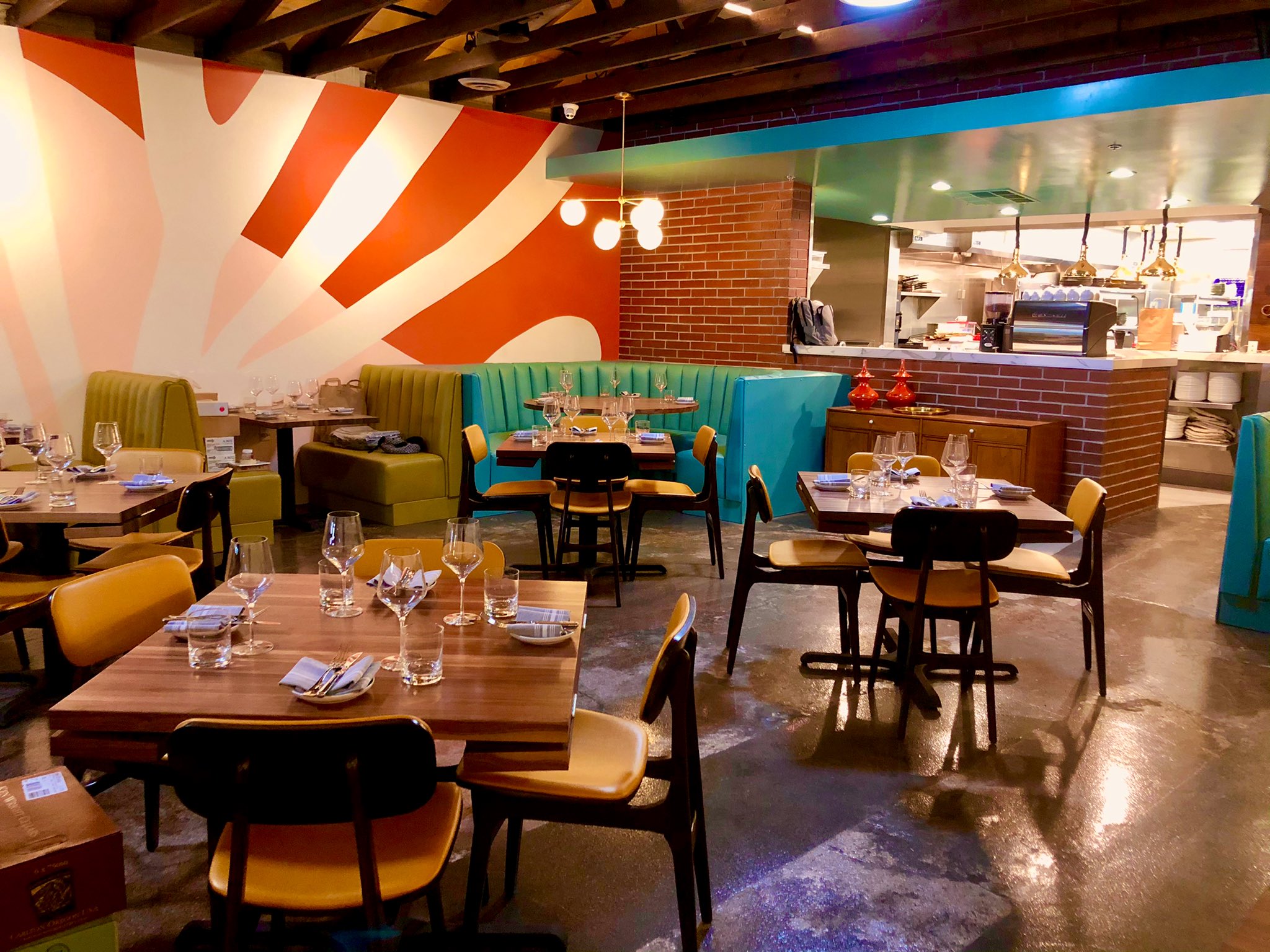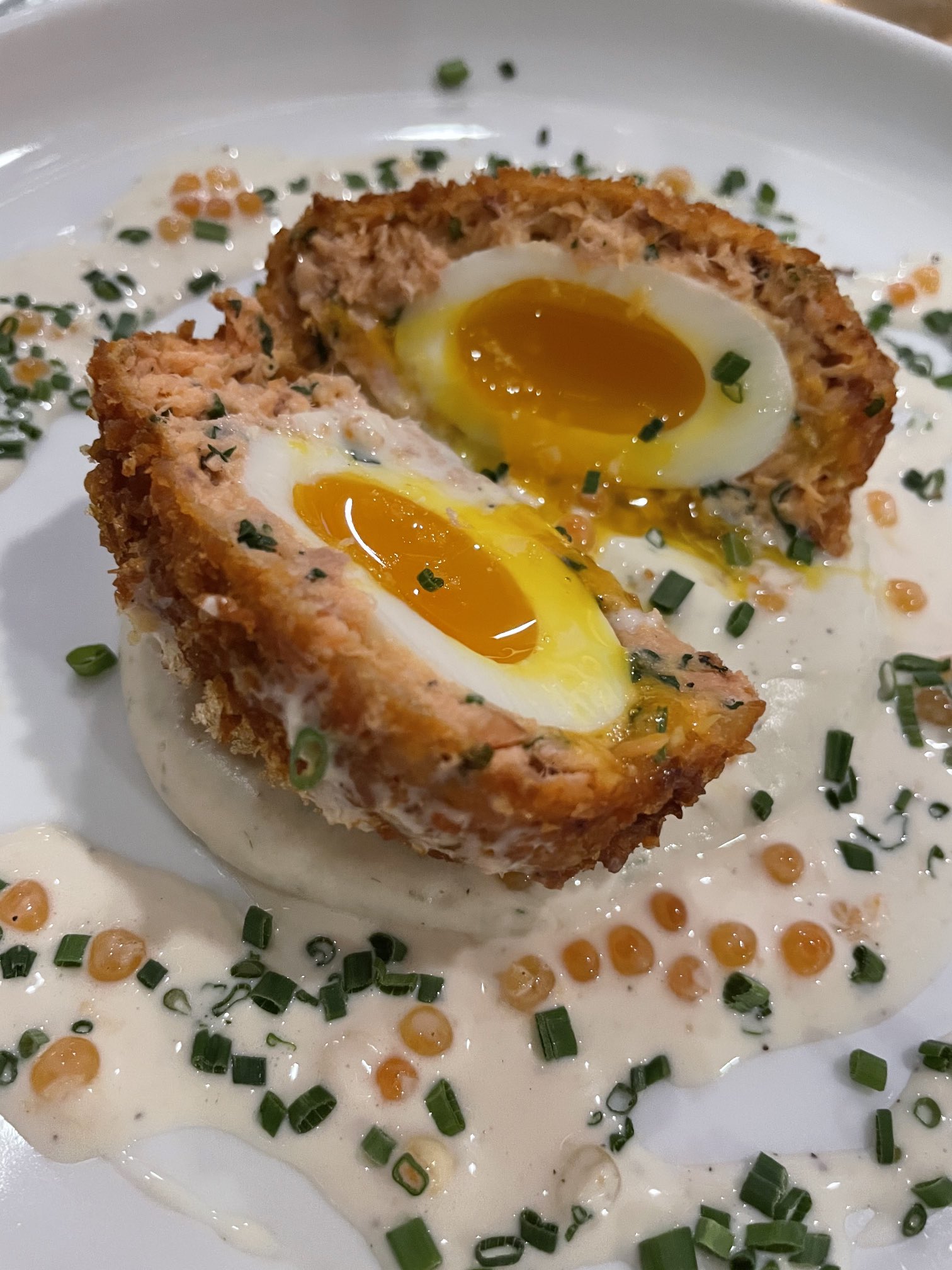What’s new on our restaurant scene?
Quite a lot, actually.
No other city in America can say the same, but Las Vegas, my dear foodie friends, is no ordinary city. We are the quintessential tourist town, with huge rumbling, cacophonous casino/hotels bestriding Nevada’s economy like so many Brobdingnagian towers — casting long shadows, quaking the earth, dominating the landscape.
Until now.
Now, like every other city in America our economic engine is moribund, comatose, on life support. Visitation numbers fell off a cliff in 2020, down to 19 million souls from a 2019 high of 42.5. And those coming are not the free-wheeling, high-spending conventioneers, whooping it up on someone else’s dime. No, these are the bargain hunters, the coupon-clippers, the escapees from California looking for something fun to do on the cheap. During the week, casinos are deader than Moe Dalitz. Even on weekends, the big hotels can feel like ghost towns. Shows are closed, shops are empty, and eatery options have been eviscerated.
Sounds depressing, doesn’t it? Well, it is and it isn’t. Because it is there (on the Strip), but isn’t here — in the actual town where 2.3 million Las Vegans live.
It seems the Strip’s loss has been the neighborhoods’ gain. New restaurants on Las Vegas Boulevard South might be harder to find than toilet paper in a pandemic, but the local scene is flat-out jumping. Downtown is leading the way, with a spanking new hotel (Circa), which opened late last year — the first new one on Fremont Street since 1980. It boasts five excellent restaurants, and seems to be busier every weekend. (We’ll deeply dive into its dining scene next week.)
A mile to the south, in the Arts District on Main Street, new joints are popping up like porcinis after a downpour. Can any other town in America say this?
Pretty doubtful. New York and California — the epicenters of American food/restaurant culture — are doing their best to crush the life out of the restaurant industry. Thankfully, little old Las Vegas has kept the foodie flame burning. albeit at bare BTU levels. But at least we’re open, and feeding people, and human beings are socializing and breaking bread together like humans were meant to.
While it might take those giant hotels another year to start humming again, locally, Las Vegas appears to be entering a new age of local dining — a resurgence led by a neighborhood that didn’t even exist four years ago, but now is one everyone is talking about.
YU-OR-MI SUSHI BAR
The Arts District in downtown Las Vegas is fast becoming one of the coolest neighborhoods in America. While it still has a ways to go residential-ly, food-wise the options are expanding geometrically. A micro-climate of good eats has sprung to life on South Main Street, boasting a dozen bars, four brewpubs, and three new restaurants within a stone’s throw of each other. All are much much better than they have any right to be.
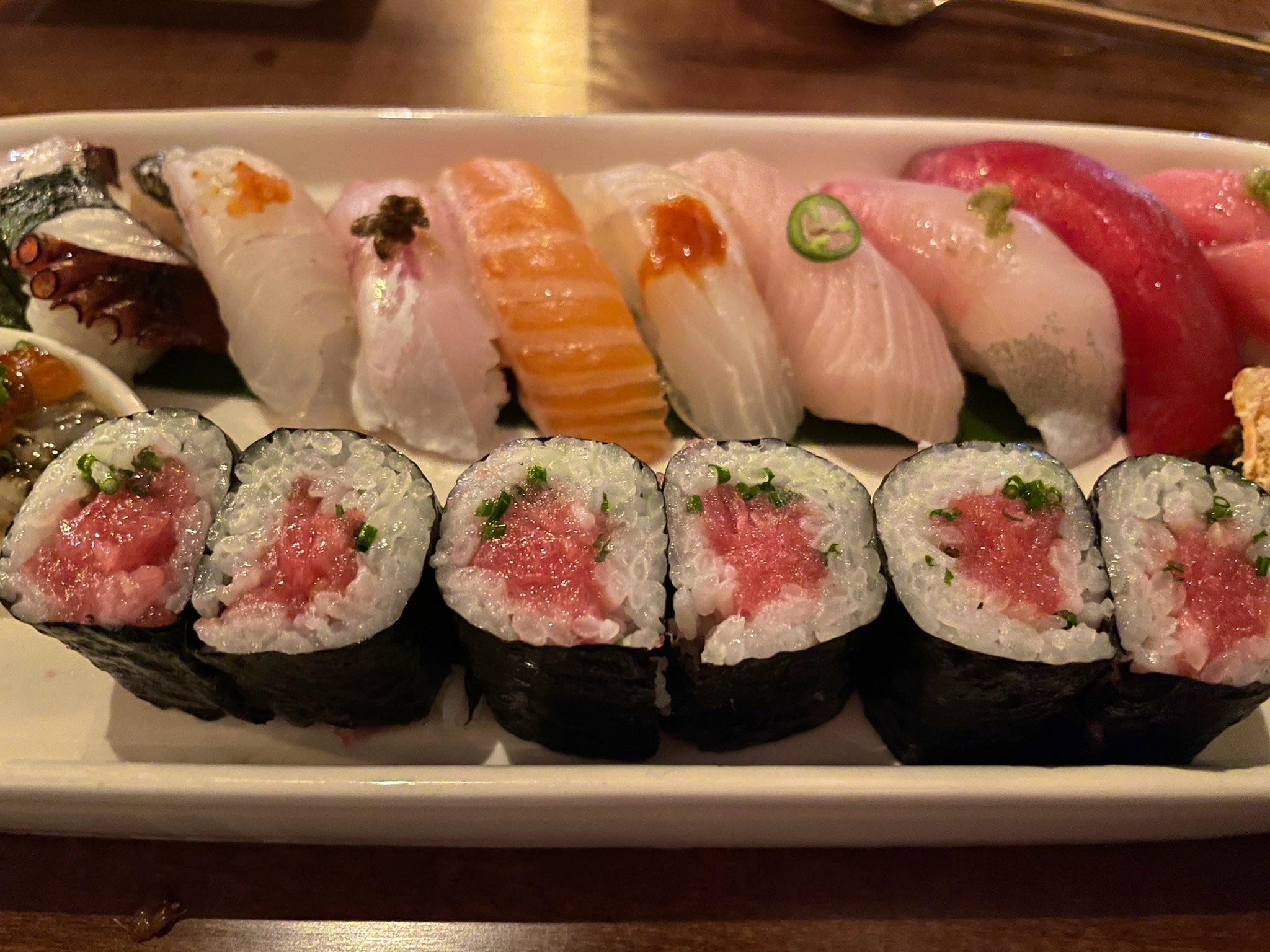
Yu-Or-Mi (the name comes from a Jackie Chan movie) exists across the street from Esther’s Kitchen, a half-block from the Garagiste Wine Bar, and in a world of its own when it comes to Japanese-fusion food.
All the usual sushi suspects are here, but it’s in the small plates and rolls where the kitchen puts out an array of twenty appetizers that show a hand both refined and restrained.

Everyone does crispy Brussels sprouts these days, but the sweet-sour kurozu reduction on these keeps you reflexively reaching for another bite. Other standards like yakiniku (“grilled”) beef gyoza, rock shrimp tempura, tuna takaki, and chicken karaage rise above the cliches to remind you why they became famous in the first place.
The Yu So Shellfish roll (above) bundles lobster tempura with lobster salad in bite-sized packages of tofu skin which announce a textural, salty-sweet-seafood contrasts with every bite. The purist in me is horrified, but I can live with cutesy names like “Oh Snap” when the Japanese red snapper is this fresh, and the ginger-chili ponzu is this bracing:

Even non-ramen fans will have to admire the broth here — as rich as any you’ll find on Spring Mountain Road — and the yakisoba noodles and garlic fried rice are full of both subtlety and amplitude, no mean feat that.
All of these are conceived and executed by Chef Virakone Vongphachanh (he goes by “V” out of sympathy), a Laotian by birth and an inspired Japanese chef by temperament.
The sake list is not one you can get lost in, but the small selection is well-chosen and well-priced, and, for our yen, the only thing to drink with this food.
What YOM is doing is straddling a line between high-toned raw fish and crowd-pleasing concoctions — compelling creations that do its Nobu ancestry proud. Shopping mall sushi this is not. But the prices are fair and the setting is cozy and the downtown crowd has taken to it like barnacles to a boat.
100 E. California Ave.
Las Vegas, NV 89104
702.473.7200
GOOD PIE
Like its neighbor Main Street Provisions (above), Good Pie opened late last year when starting a restaurant was dicier than drawing to an inside straight. It survived serving pizzas to-go and by-the-slice, and with a recent opening of both inside and outdoor tables, chef/owner Vincent Rotolo is poised to re-set Las Vegas’s pizza paradigm.
Rotolo is a classicist in the vein of every family-run Italian joint up and down the East Coast pizza belt. The dark bar, white tile and comfy booths (along with the “Grandma Wall” of family pictures), puts you in mind of the type of place where you’ll hear, “Ma, who gets the scungilli?” or Faackin’ Yankees did it to us again” over the thrum of dough being slung.

And what dough it is. Quality flour, long-fermented, in a variety of styles, one bite tells you you’re in the midst of a higher-level of deck oven craftsmanship. The doughier, rectangular (Sicilian, Detroit) crusts have the complexity of great bread, while the thinner Brooklyn, and “Grandma” styles, display the crackle and char of their big-city forebears.
Ingredients matter is the mantra here, and from those crusts to the olive oil to the house-made tomato sauce to the ricotta and toppings, everything hits home. To my mind, there are almost too many choices, and the dizzying menu array can sometimes make ordering feel like a jigsaw puzzle. But amazingly, the pieces always fit no matter how you arrange them.
Beginners should tuck into a simple “Grandma” square, or Brooklyn round to acquaint themselves with the Good Pie oeuvre, while fressers should throw caution to the wind with a spongy Sicilian the size of a small desk, a Detroit-caramelized cheese crust carb-fest, or a “Quality Meat” 3-protein lollapalooza. They offer something called “Mike’s Hot Honey” here to dribble on your pies, and, also amazingly, this little sweet-hot condiment adds quite the pleasant kick to counter the queso overload.
Those not in a pizza mood will be happy with Italian-American standards like chicken parm, “Sunday lasagna,” garlic knots, superb fried ravioli (above), great meatballs, and a decent Caesar salad.
Prices start in the high teens to $34 for the Grandma Supreme, but the round pies come in small and large, and the big boys will satisfy 6 hungry adults. I’m no fan of gluten-free pizza, but if you insist on eating yours on top of cardboard, Rotolo’s are probably the best in town.
Can a new school/old school pizzeria, which looks like it belongs on Wooster Street in New Haven, and acts like a modern restaurant (complete with upscale cocktail bar), come out of this pandemic smelling like a tomato rose? The crowds seem to be saying that it can. Pent-up demand for great pizza is real, people. Long may Good Pie’s red sauce flag fly!
1212 S. Main Street
Las Vegas, NV 89104
702.844.2700
MAIN STREET PROVISIONS
You can throw a stone and hit all three restaurants mentioned here. All were on the drawing board, and scheduled to open downtown in mid-2020. Covid put an expensive dent in everyone’s plans, and none more so than Main Street Provisions. Owner Kim Owens and Executive Chef Justin Kingsley Hall spent the entire year cooling their heels until finally, in early December, the doors swung open to….25% maximum capacity.
Putting the best face forward she could, Owens has said that the restrictions allowed her to dispense with the usual friends and family shakedown cruise, and let her staff get used to customers without dealing with overload at either the front or back of the house. Now that things are starting to relax, they’re going to have to get used to being in the weeds.
Hall’s menu can best be described as smokey and southern — as in Utah and the Deep South. To those descriptions add the word gutsy: frou frou bistro food this is not.
Right off the bat the Scotch Egg will catch your eye — a soft boiled and wrapped with smoked Riverence trout crusted with potato chips, sitting in a shallow pool of lemon cream. Nothing says “don’t try this at home” like a smoked trout Scotch egg in verbena cream, and it takes a chef with Hall’s chops to pull it off — cloaking the prosaic egg in a sophisticated wrap which enhances both of them.
(Don’t try this at home)
Beyond that, you’ll find a unique butcher plate of smoked meats, pates and rillettes made in-house, accompanied by fry bread that is pretty much the last word in Native American carbohydrates:

The same bread sits alongside an herb-flecked hominy hummus studded with preserved lemon, which turns something with usually all the interest of drywall spackle into a compelling starter. I wish I could celebrate the use of barely-seared venison in a tataki of whiskey-shoyu dressing, but the venison doesn’t come through and the whole dish feels like the chef is trying too hard. Likewise, the deep-fried, breaded Sole Kiev (wrapped around herb) butter feels forced and out-of-place on a menu brimming with interesting edibles.
Once you get past those misses the hits abound: rosy red Heritage Ham Steak blanketed with a sour-sweet pepper-tomato sauce, charcoal roasted quail gumbo with smoked andouille sausage stuffing, a serious New York strip dubbed “Utah Woman’s Steak” (after Hall’s wife) that comes with a one-two punch of aggressive, charred scallion chimichurri sauce and a soothing “funeral potato” croquette.
The burger is good, if a bit overloaded (with pickles, smoked cheddar and fried onions), but all sins are forgiven once the poached rabbit sausage with potato dumplings shows up. It is flat-out great, and for our money, should be the restaurant’s signature dish:

Any restaurant bold enough to serve rabbit sausage, quail, hominy, and ham steaks is clearly trying to set a trend, not follow one, and the feeling one gets when sitting down here is of a chef who is cooking the kind of food with which he and his friends like to impress each other — gussied-up for restaurant customers of course, but substantial, rib-sticking stuff done with a chef’s flair and an eye for detail. It may not be the lightest meal you’ll have in Las Vegas, but it will be one of the most original, and there is no more interesting cooking going on right now than down on Main Street.
Whenever something threatens to feel a tad overwrought (the fish, that venison), Hall pulls you back to the simple reality of exquisite ingredients being allowed to shine, as with his harissa carrots (roasted, of course), oat milk grits, cattlemen’s bbq pea beans, and Louisiana popcorn rice (served plain or with schmaltz). These side dishes are frame-worthy on the menu (and would make a great meal all their own). The one salad we tried — For Ernie’s Birds — was a tantalizing tumble of local greens and seeds, dressed just-right in an herbaceous chimichurri vinaigrette.
Desserts are few in number but pack a wallop, especially the butter cake: another homage to the caloric glories of the South and southern Utah.
Like its neighbors, MSP has feng shui in spades. It is long and narrow with welcoming bar to one side, and colorful, comfortable seating pointing to an open kitchen in the back. The effect is to pull you in and make you feel like you belong there.
Whether by design or happenstance, all three of these restaurants have an inviting familiarity about them. Each reminds you of small, personal restaurants shoehorned into intimate spaces in large, impersonal cities. Restaurants like these give metropolitan spaces their warmth and livability. They are human scale, not profit-scaled by real estate developers. There are no anchor tenants to block out the sun, nor soul-killing ginormous parking lots to traverse. Cars drive by at civilized speeds, they don’t whiz by in a hurry to get to the secluded glory of living in the isolated splendor of a stucco farm.
Time will eventually credit these pioneers for changing the way Las Vegas looked at restaurants — for tapping into a market hungry for the real thing, not pre-packaged template dreamed up by a corporation in Dallas or Tampa.
The world is coming out of this pandemic, and the pent-up demand for authenticity will be real. It will be for community, and for togetherness and for gathering around food and drink prepared by people who care about these things as much as you do.
1214 S. Main Street
Las Vegas, NV 89104
702.457.0111
This is Part One of a two-part article.
